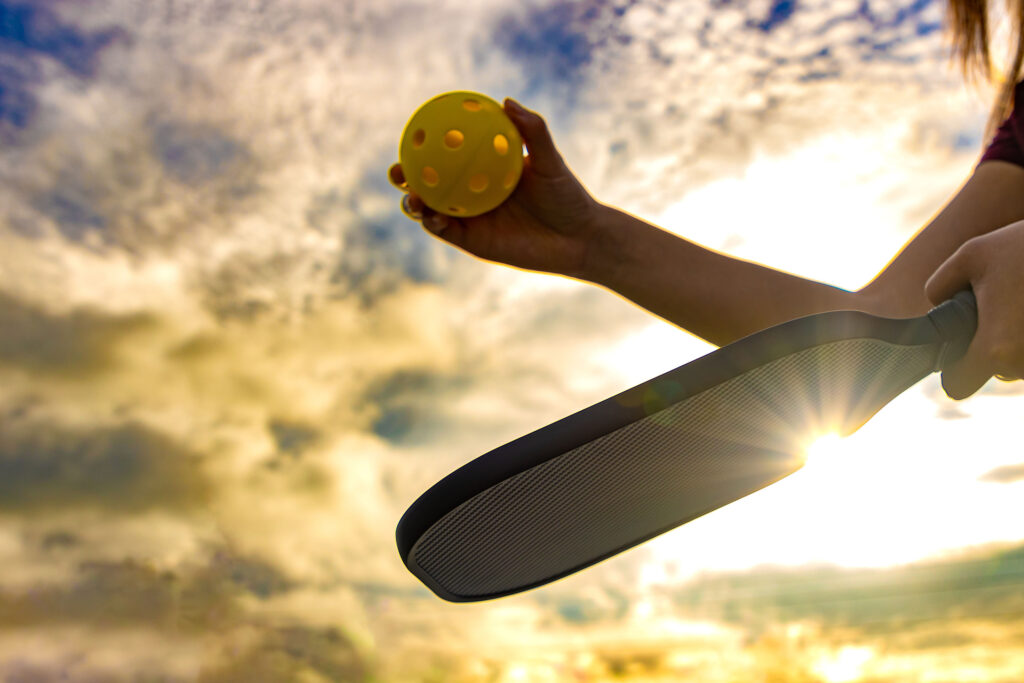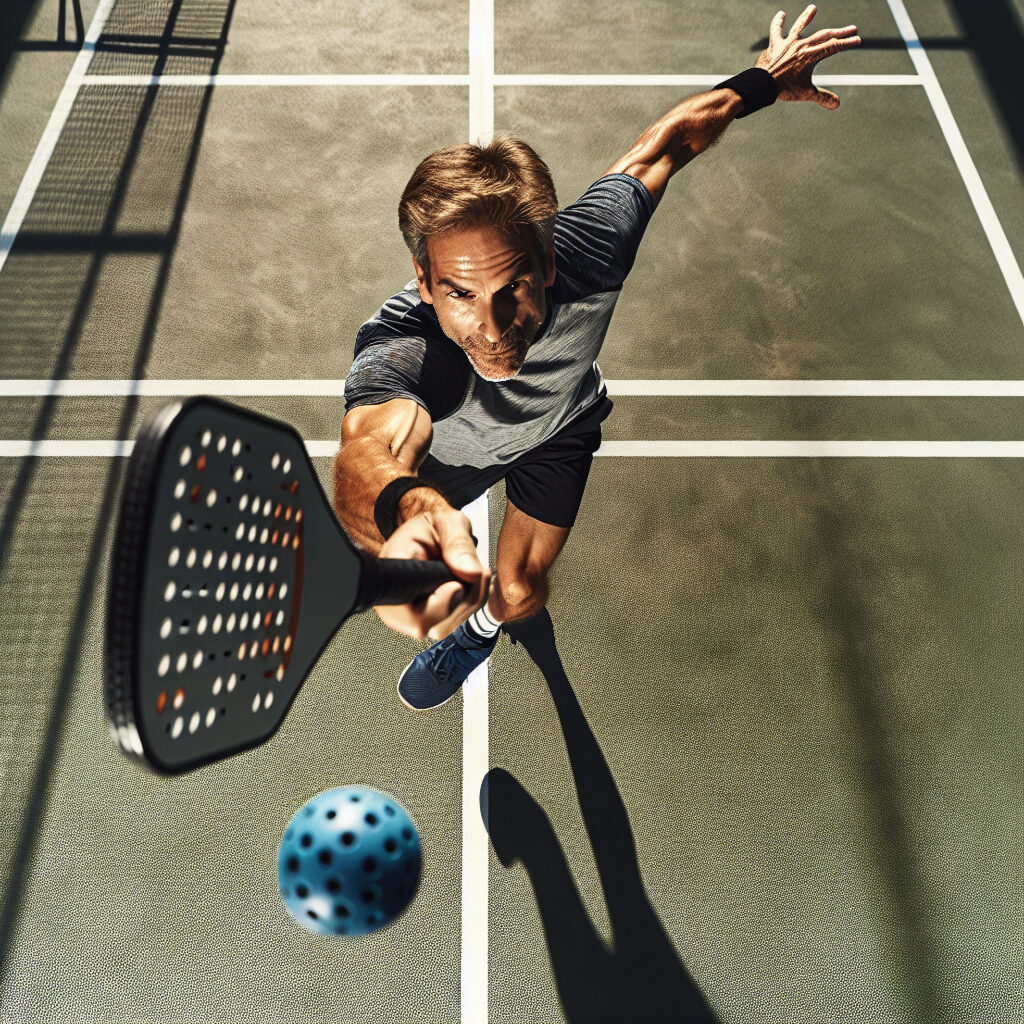Introduction
Since the early 2000’s many new performance standards for sporting goods products have been developed and implemented. These standards range from baseball and softball bat performance standards to football helmet standards. The development and implementation of new standards tends to pit those who would benefit from change against those that would benefit from the status quo. It also tends to pit skeptics against academics and product manufacturers against rule makers/governing bodies. If the last 20 years of developing and implementing standards has taught us anything, it is that the process is never easy, it is always messy. This should come as no surprise however, because with so many competing opinions and interests at stake, it is difficult to imagine a scenario in which the process would be considered seamless and simple by all affected parties.
Therefore, we believe that in order for new paddle performance standards to be as effective as possible that these new standards should be implemented in close coordination with key industry stakeholders, including manufacturers, governing bodies, players and even retailers. If this is not done there is a risk of unnecessarily and negatively disrupting the very same market all stakeholders are trying to nurture and protect.
Unsurprisingly, the development and implementation of a PBCOR standard for pickleball paddles has hardly been different than the development and implementation of similar standards over the previous 20+ years.
From a manufacturer’s perspective, a very large point of frustration regarding the development of a paddle performance standard (PBCOR) is that most paddle manufacturers do not have the in-house ability to measure the PBCOR of their paddles because the test equipment is not yet ubiquitous in the industry. Further, until very recently, paddle manufacturers did not even have third party labs available to them to test their paddles for PBCOR. It is not unreasonable for manufacturers to be frustrated because they don’t know where their paddles fall on the PBCOR scale. After all, even the best tests and standards are of little practical use if equipment manufacturers are unable to reproduce or access the testing and therefore unable to comply with the standards for their current or future paddle designs.

As manufacturers begin to acquire their own test equipment, send their paddles for third party PBCOR testing, and generally become more familiar with the PBCOR standard, PPL believes the level of uncertainty and frustration amongst paddle manufacturers will begin to subside. While it is unlikely that all parties, each with their own opinions and competing interests, will ever fully agree on all aspects of a new standard and its implementation, we do believe that all parties should ultimately agree that the implementation of an effective performance standard is good and necessary for the sport of pickleball.
PPL believes that one way to help the market begin to feel more comfortable with PBCOR is to share basic trends about paddles and PBCOR. While we cannot and will not share performance data for specific paddles, we do believe that it is to the entire market’s benefit to better understand how PBCOR is related to paddle characteristics that many are familiar with – such as thickness and stiffness1. The balance of this document will summarize trends based on the analysis of dozens of different paddles that are popular and available on the market today.
1 Refer to PPL’s website for further information regarding paddle performance and testing procedures
TRENDS
Paddle Performance Trends
The easiest way to look at paddle performance is to start from the simplest of paddle constructions and work our way toward the latest, most advanced paddle constructions.
The most basic paddle you can find today is a single-piece wood paddle. Wooden paddles do not carry with them advanced game improvement features, rather, the only factors that affect how hard you can hit the ball are the paddle’s mass and how fast you can swing the paddle. The performance of wood paddles are especially useful for this discussion because their performance can be largely considered a baseline for paddle performance (it would be very difficult to produce a paddle with lower performance than a wood paddle, from a PBCOR perspective). Based on PPL’s recommended testing conditions and parameters, wood paddles tend to have a PBCOR value around 0.30, which is slightly higher than the COR value of a pickleball hitting a rigid steel wall (0.28)
The next paddle construction to consider makes up the largest category of paddles on the market. We will refer to this construction style as ‘Traditional’. In its most basic form, Traditional paddle construction is a sandwich construction in which a polypropylene honeycomb core is sandwiched between and adhered to two relatively thin wall composite faces. For clarity, Traditional paddle construction incorporates multiple manufacturing methods, the most common of which are referred to as cold pressed and thermoforming. Traditional paddles come in a variety of styles and shapes but their performance is largely a function of the following parameters; Thickness, Average Deflection Force (ADF) and to a much lesser degree, Moment of Inertia (MOI). Generally speaking, thicker, stiffer (higher ADF) and lower MOI values lead to lower PBCOR values while thinner, more flexible (lower ADF) and higher MOI values lead to higher PBCOR values. Traditional paddles can have a wide range of PBCOR values, they range from just above the wood paddle threshold to above 0.40.
The following chart illustrates the measured PBCOR values and associated ADF, thickness and MOI values for a variety of Traditional paddles that are readily found in the current market.

The next paddle construction style that we will define will be referred to as ‘Hybrid’. Like Traditional paddles, Hybrid paddles can also be manufactured via multiple methods. However, Hybrid paddles differ from Traditional paddles in that their polypropylene cores do not extend to the edges of the paddle face. Instead, the honeycomb core stops short and an area around the perimeter of the paddle’s face is filled with a separate material. Despite their unique construction, Hybrid paddles also tend to follow the same stiffness and thickness dependent performance trends as Traditional paddles. One difference, however, is that their maximum performance location tends to shift based on the design characteristics of the core. Additionally, as a result of most of their core designs, Hybrid paddles tend to have less stable stiffness values and more readily become less stiff with increased usage. Hybrid paddles can also have a wide range of PBCOR values, they can range from just above the wood paddle threshold to above 0.40.
The chart below shows the PBCOR Curve for representative Traditional and Hybrid paddles, illustrating a typical shift in maximum performance location.
We will refer to the final paddle grouping as ‘Foam Core’ paddles. This grouping is the most diverse grouping because it includes all paddles with foam cores and foam core designs vary significantly in their materials and construction. The two most common types of Foam Core paddles utilize either rigid foam (which tends to plastically deform) or resilient foam (which tend to deform elastically) – either type can exist on its own or with various additional support structures. Generally, Foam Core paddles tend to follow the same stiffness and thickness dependent performance trends as Traditional and Hybrid paddles. Foam Core paddles are unique, however, because their core structures can have very different properties than Traditional or Hybrid paddles. These distinctive core structures can result in exaggerated performance characteristics. As is shown in the following chart, it is common for paddles with rigid foam cores to produce relatively modest PBCOR values when new but very high PBCOR values after significant use. Conversely, resilient foam core paddles often have very high PBCOR values which tend to not change much through usage. Foam Core paddles can also have a wide range of PBCOR values, they can range from just above the wood paddle threshold to above 0.40.
Much of the previous discussion has tied performance (as measured by PBCOR) to static paddle characteristics such as thickness and stiffness. The reason for this is because it is the simplest way to predict performance for most paddles. That said, it is clear that such a simplified projection is not universally or wholly predictive of performance. A more complex algorithm taking into account more nuanced performance factors including paddle dynamic stiffness, paddle longitudinal stiffness and others could certainly be derived. Our current position, however, is that a more complicated performance calculator would be of minimal benefit because future paddle certification will be based on actual PBCOR testing and a simple performance correlation which is calibrated to physical PBCOR values will be sufficient for any anticipated scenarios in which performance projections are needed.
BREAK-IN
Paddle Break-In
While we introduced the idea that break-in can have a significant effect on paddle performance in the previous Foam Core paddle discussion, break-in deserves a more in-depth review.
In recent years, common knowledge has moved from the idea that most paddles break down and lose performance to the idea that most paddles break in and gain performance. Based on trends that we have observed to date, neither position is perfectly correct, in fact, it appears that paddle construction and characteristics determine if and to what extent paddles can break in.
Generally speaking, we see that Traditional paddles of a thinner core construction and Foam Core paddles with resilient foam cores do not tend to show significant break-in. Conversely, Traditional paddles of a thicker core construction, Hybrid paddles and Foam Core paddles with rigid foam cores do tend to show significant break-in. 5 It is also critical to note that paddles do not necessarily have a PBCOR ceiling. Based on the work we have done, paddles that demonstrate beneficial break-in tend to improve continuously until they ultimately break. The following chart highlights many of these observations – also note that none of these paddles have reached their failure (broken) point.
It is important to note that paddle break-in is a subject that will continue to be studied with the long term goal that a break-in procedure can be more efficiently incorporated into an initial performance standard. Such a standard would benefit the game by giving players peace of mind regarding their paddle performance and it would help ensure a level competitive environment for players.
Conclusion
The preceding discussion regarding paddle performance is meant to be a broad overview of paddle performance that will benefit all stakeholders by providing a basic level of shared knowledge so that no matter their resources, all manufacturers have some basic knowledge regarding the steps that will likely be necessary for the continued development of their paddles. For a deeper understanding of PBCOR and how it is affected by paddle design, we recommend manufacturers invest in their own lab equipment (https://www.automateddesign.com/). Additionally, all manufacturers are able to submit samples for testing directly to PPL (https://pickleprolabsglobal.com/).





